Turning reserved seats into real power for women
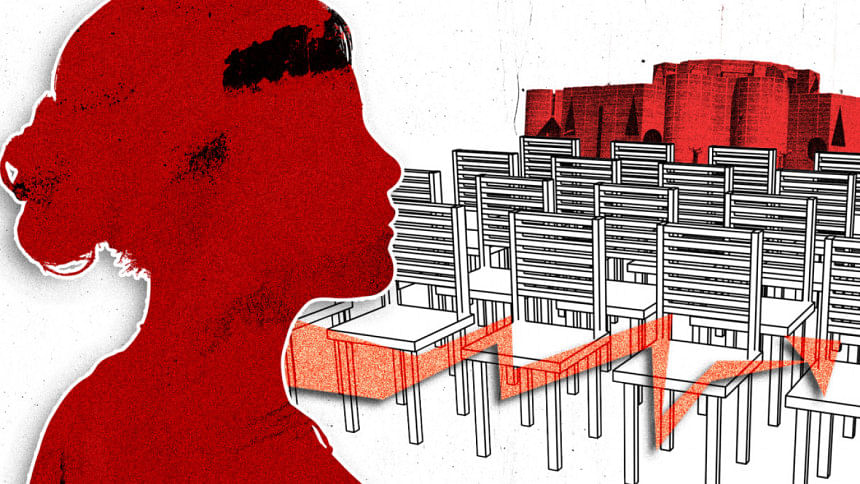
Since independence, Bangladesh has pledged to make politics equally accessible to men and women. To support this, it introduced reserved seats for women in parliament—an affirmative action strategy employed globally to rectify historical injustices and dismantle structural barriers. However, the objective of such measures is not permanence; rather, it is to build a society where women can compete and succeed on an equal footing with men.
We began with 15 reserved seats in 1972. Today, there are 50. On paper, this expansion signals progress. In practice, however, the structure and process of filling these seats—originally intended to amplify women's voices—have become politically ornamental, elite-driven, and disconnected from public legitimacy. Instead of electing women based on public preference and political merit, the system centralises power in the hands of party leadership. As the country charts its democratic future, it is time to reimagine how women enter parliament—not through party patronage, but through public preference and political merit.
Under Bangladesh's current parliamentary structure, 50 seats are reserved for women. These are not filled through direct elections but allocated to political parties in proportion to the general seats (out of 300) they win. After the election, parties nominate women of their choice to these reserved seats entirely at their discretion and without any voter input.
While this arrangement was originally intended to ensure gender balance, in practice, it has created a system where representation is symbolic but not substantive. Since these nominations take place behind closed doors and are not subject to public scrutiny or electoral competition, they often reflect party loyalty rather than public service credentials.
Too often, parties treat these seats as rewards for insiders—selecting the wives, daughters, or close relatives of influential leaders, or women with no proven record of political engagement or policy knowledge. In some cases, nominees have lacked the capacity to speak effectively in parliament, propose legislation, or represent women's interests. This undermines the promise of gender inclusion, reducing it to tokenism and eroding the credibility of women's representation.
Rather than nurturing future female leaders, the current system risks entrenching cronyism and gatekeeping within male-dominated party structures. Many women MPs feel sidelined, treated more as guests at public events than as lawmakers. The result is symbolic representation with little substance. Consequently, the very objective of reserved seats—empowering women to participate in and shape national policymaking—is often defeated. This is not how affirmative action should function. It should elevate qualified women into leadership. It should prepare them to contest general seats and lead with legitimacy.
Some have proposed holding direct elections for the reserved seats. But this, too, presents practical and fairness challenges. One version suggests that each reserved seat should represent three constituencies combined—a burden no general MP bears. Expecting a woman to campaign across three constituencies for a single seat is not only impractical but structurally discriminatory. It deters, rather than encourages, female participation in electoral politics. Another version proposes creating 50 or 100 "women-only" constituencies. While this could provide reserved-seat MPs with a voter base and an office, it raises fairness and logistical questions. Why should voters in those areas lose the right to vote for male candidates? How do we redraw the national map? Would it displace strong male candidates and create political resentment? Separate "women-only" and "general" seats could also reinforce the notion that women can only win when men are excluded. That is not equality; it is a workaround that risks backfiring.
Rather than introducing new fairness issues, Bangladesh can reform the existing system to make it more democratic and accountable, while planning for its gradual phase-out.
First, a more empowering and politically accountable model would allocate reserved seats based on the percentage of women's votes each party receives. Since male and female ballots are already cast in separate boxes at polling stations, the Election Commission could easily tabulate party-wise support among women voters without any major administrative overhaul.
This reform would incentivise political parties to genuinely engage with women voters, campaign on gender-responsive platforms, and prioritise women's issues. Parties that previously took women's votes for granted would now have a direct stake in securing their support.
More importantly, this would make the reserved seats a true reflection of women's political will. A party could fail to win a single general seat yet secure reserved seats based on strong support among women. This would open space for newer, smaller, or reformist parties to build a women-centric political base, encouraging competition centred on women's rights and representation.
Second, another reform concerns the timing of party nominations. Currently, parties nominate women for reserved seats only after the general election. This backroom process is opaque and unaccountable. Instead, parties should be required to submit a list or panel of female nominees—proportionate to the number of general seats they are contesting—before the election. For example, if a party contests all 300 general seats, it must nominate 50 female candidates for the reserved seats, just as it announces candidates for general seats.
This would create transparency and allow for public scrutiny. Voters, especially women, could evaluate who the party is promoting as future lawmakers. If a party nominates unqualified or token candidates, it risks losing support from female voters, which would, in turn, affect its share of reserved seats under the vote-based system.
This reform would push parties to nominate capable women, engage seriously with female voters, and campaign on women's rights and concerns. It would compel them to engage substantively with women voters and campaign on relevant policy issues. For the first time, women voters would directly influence which women represent them.
Moreover, this would foster internal democracy by requiring parties to identify and prepare women leaders before the election, rather than selecting loyalists once results are declared. It would also help build a pipeline of competent female politicians who are prepared to lead.
Third, while reserved seats remain, reserved-seat MPs should be given more defined political roles. Assigning them clear portfolios—such as oversight of specific ministries or coordination zones—would increase their authority and relevance.
It is worth noting that some women leaders already contest general seats through direct elections. Many have succeeded, and many more will. The goal of reserved seats is to ensure interim equity until women achieve full participation in regular elections. The answer is not to make women's entry harder, but to ensure their voices are heard more meaningfully within the current framework.
Ultimately, the aim must be to phase out quotas as women gain parity in electoral representation. Reserved seats should not become permanent structures, but temporary scaffolding for a more inclusive democracy. Until then, we must reform how they function—making them more democratic, accountable, and reflective of women's aspirations.
Rather than merely fulfilling a constitutional checkbox, reserved seats should be a mechanism for real political change—where women shape the agenda, hold power, and inspire the next generation of leadership.
Dr Sibbir Ahmad is a development economist and postdoctoral fellow at the University of Virginia. He can be reached at [email protected].
Rahnuma Siddika is PhD candidate in the political science department at the University of Illinois Urbana-Champaign. She can be reached at [email protected].
Views expressed in this article are the authors' own.
Follow The Daily Star Opinion on Facebook for the latest opinions, commentaries, and analyses by experts and professionals. To contribute your article or letter to The Daily Star Opinion, see our guidelines for submission.

 For all latest news, follow The Daily Star's Google News channel.
For all latest news, follow The Daily Star's Google News channel. 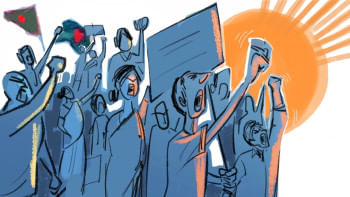
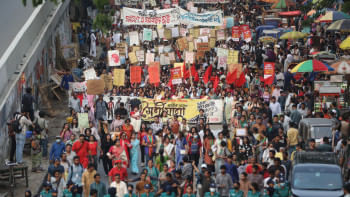


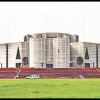


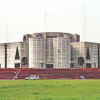


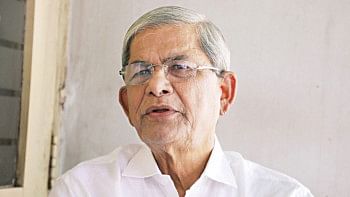
Comments